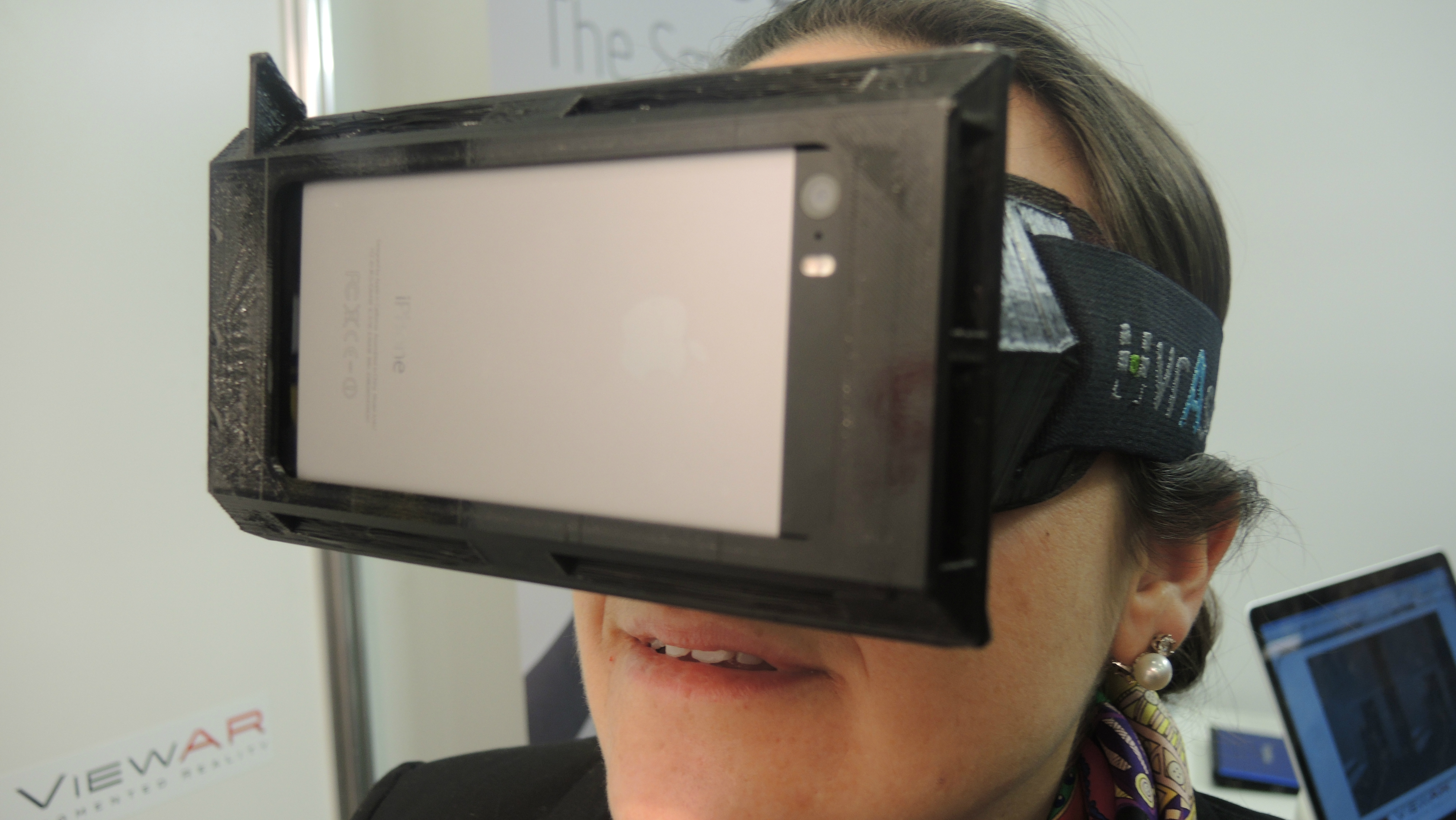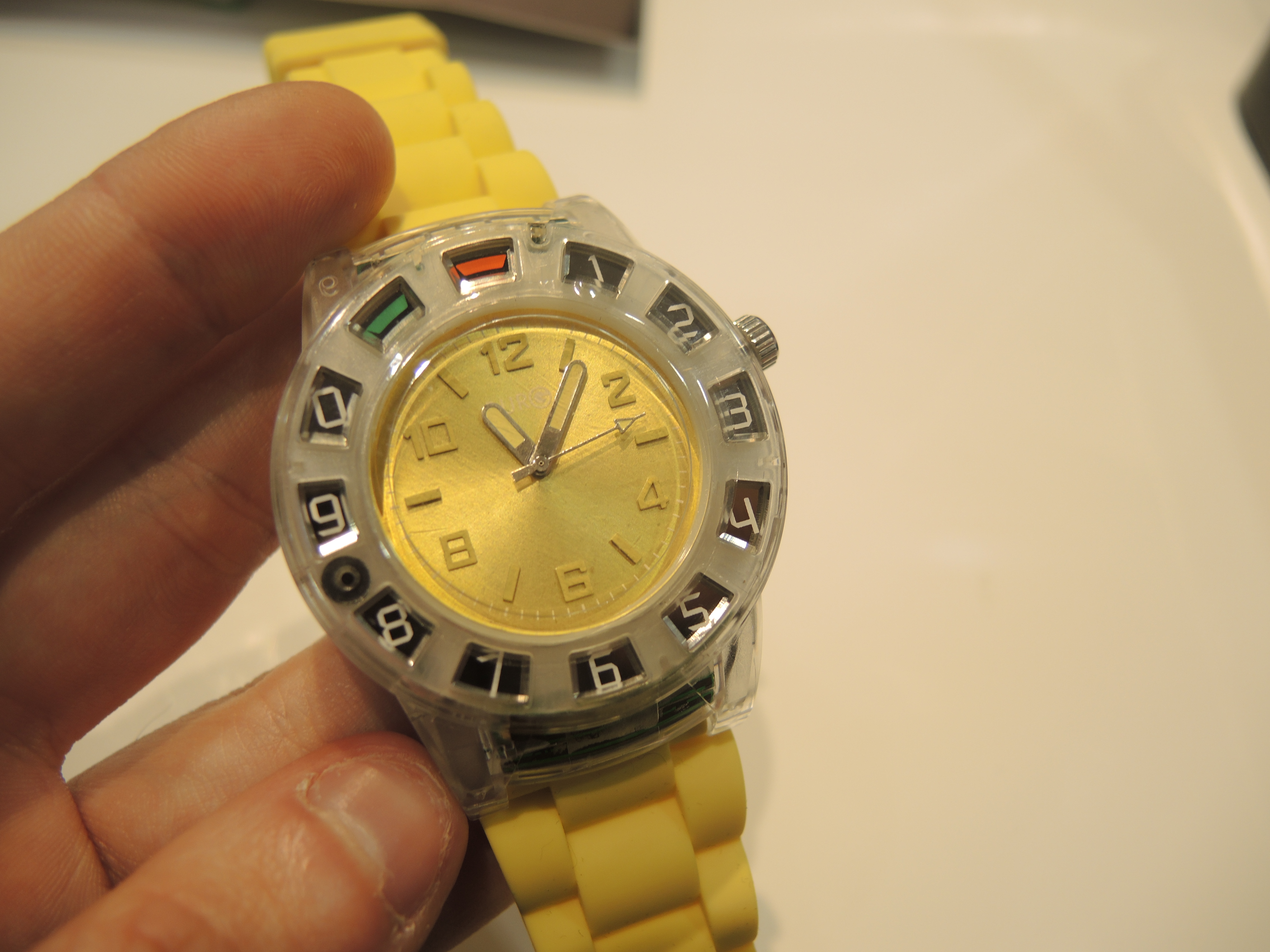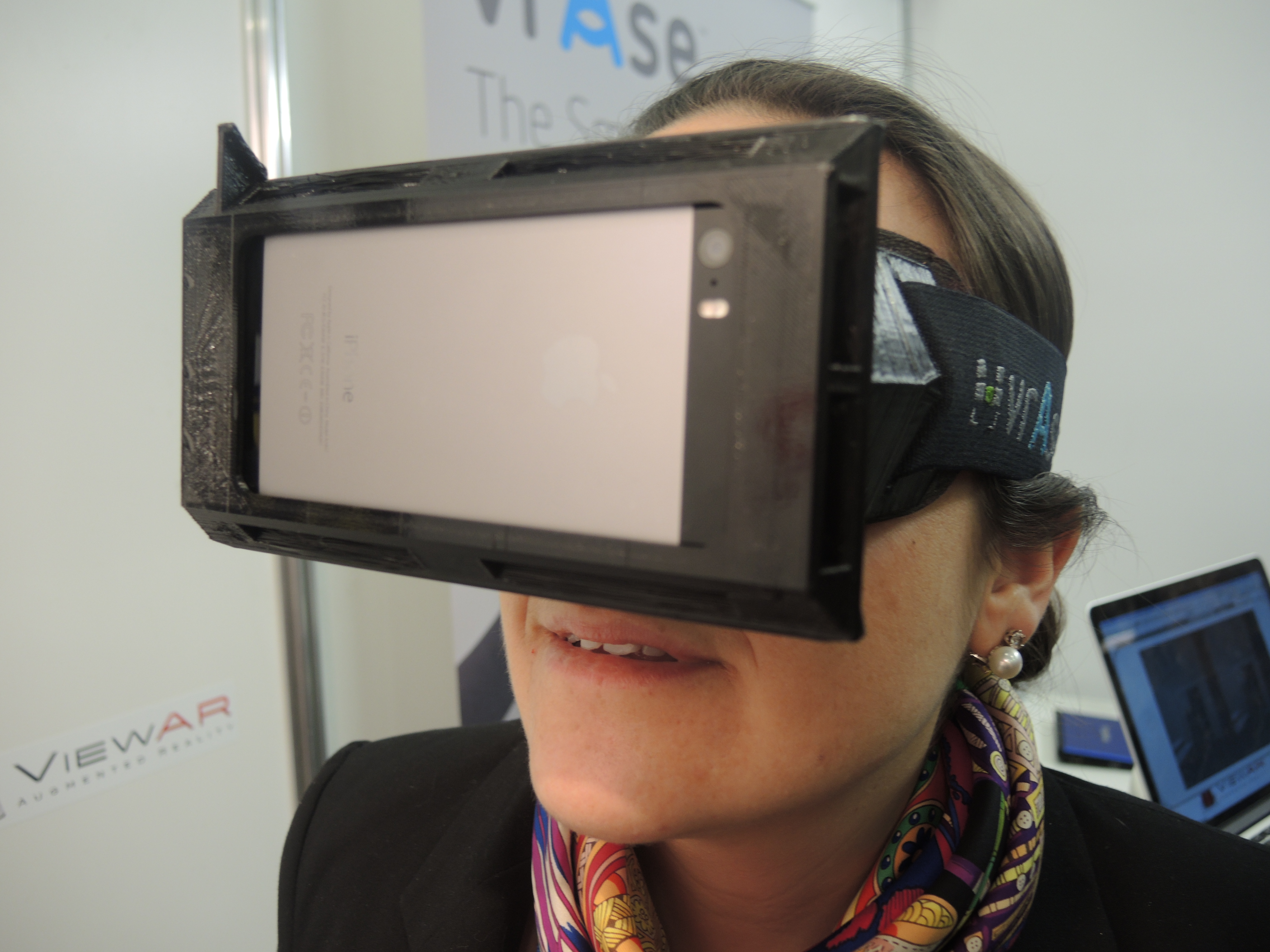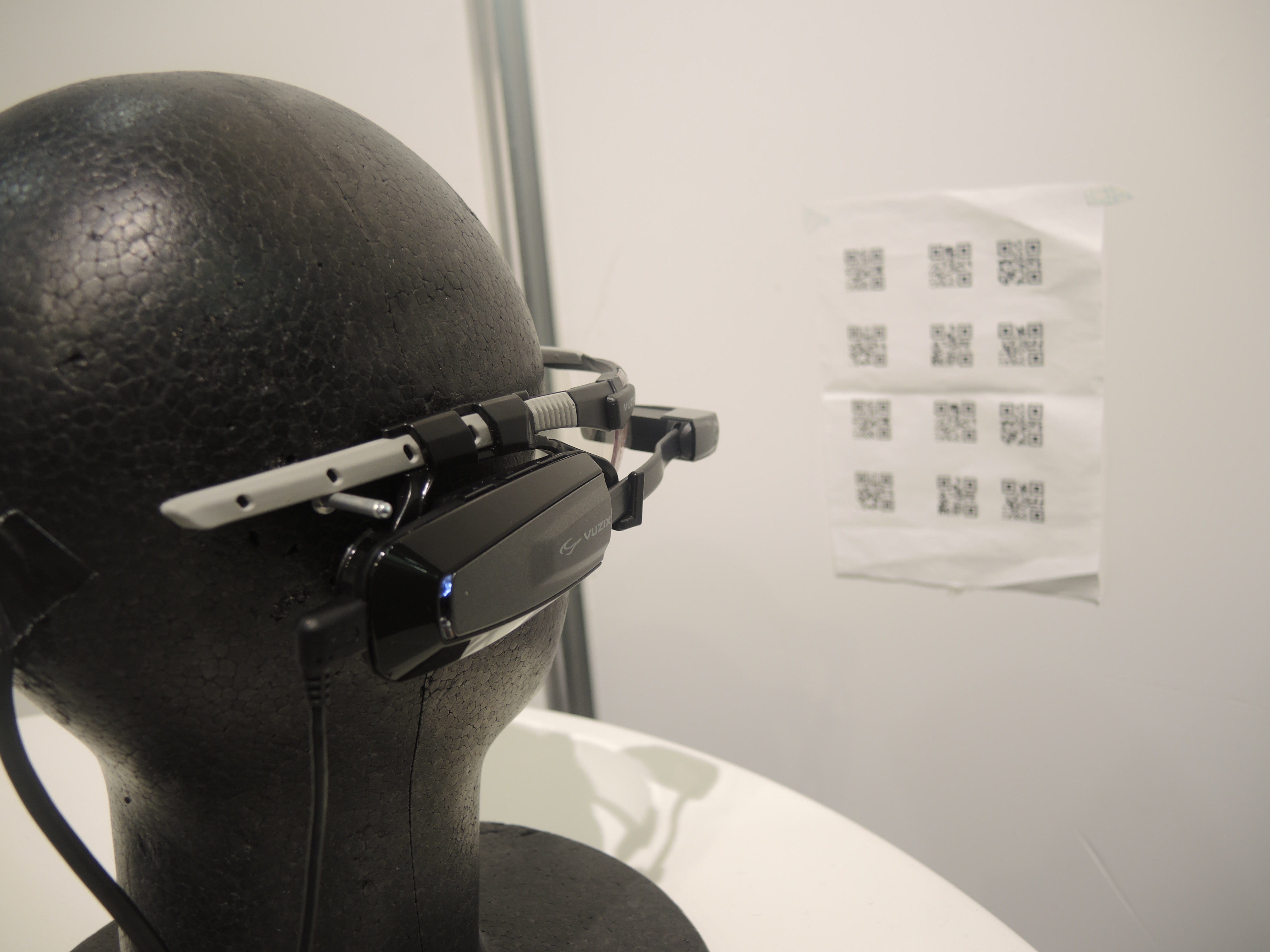8 bits of wearable tech you need to see right now
From budget VR to quirky smartwatches

This is shaping up to be most significant week for wearable tech yet. Not only has Google unveiled Android Wear, a wearable version of its OS, but Sony went on to steal some of the limelight with its long-awaited PS4 VR headset, Project Morpheus.
Meanwhile, London's playing host to the Wearable Technology Show, where scores of developers are showing off their body-latching gadgets.
Glass and watches are obviously ruling the event, but there are a few other gizmos hidden in the mix too. The question is: just how much of this can actually bring something meaningful to our lives?
We take a look at the wearables that have intrigued us most, for good reasons or bad.

1. Burg 14
Is it a smartwatch? Isn't it technically a phone? WHAT THE HELL IS IT? The Burg 14 seems both a terrible and a brilliant idea. Burg says it's a smartwatch, but the twist is the absence of any screen. Instead you'll find a traditional watch face but encircled by a bunch of pressable keys. Yup, those are for calling people with, while the watch can also receive phonecalls – all thanks to the SIM card you'll be putting inside.
If you're recoiling in disgust, don't worry – it's not really aimed at you. Burg expects this to be a good compromise gadget for kids who are bugging Mum and Dad for their first phone.

2. Vrase
Forget Sony's Project Morpheus – this is what Oculus Rift should really be worried about. The Vrase headset is DIY virtual reality. In fact, it's just a vessel for your smartphone, which you slide across the front. Wrap it round your head, boot up a compatible app and you'll be able to have the 3D experience.
Sign up for breaking news, reviews, opinion, top tech deals, and more.
In fact, it's a bit better than the first iteration of Oculus, and probably a lot more affordable than the Rift will be. The Vrase team told us this will hit marked for around £100 (around $165, AU$180).

3. The Intelligent Headset
The Intelligent Headset, as it's named, claims to be the first with 3D audio. This means that you'll hear sounds differently depending on how you're positioned thanks to the location-aware technology. Turn towards the noise and it'll get louder. Just like, you, know, real life.
It might sound silly until you start seeing how developers are already using the tech. One example we were given was an audio treasure hunt where sounds had been left scattered around an area and, using the headset, you could track them down by determining their direction. Basically geocaching but with sounds instead of buried treasure. Pair these up with some AR glasses (or a Rift) and you could have a pretty awesome gaming experience.
But the highlight for was using the headset to play a Breakout clone, moving the bat left and right by tilting our head appropriately. It was worth the neck cramp.

4. BarcodEye
We'll be honest – even if we one day find ourselves living in a QR-wallpapered world, there's got to be a more elegant way of doing this.
Ok, so the BarcodEye is really more for businesses and professionals than your average Joe. It hopes to one day replace traditional scanners, but it'll have to get a lot easier to use before you start seeing it on the supermarket checkout.

Hugh Langley is the ex-News Editor of TechRadar. He had written for many magazines and websites including Business Insider, The Telegraph, IGN, Gizmodo, Entrepreneur Magazine, WIRED (UK), TrustedReviews, Business Insider Australia, Business Insider India, Business Insider Singapore, Wareable, The Ambient and more.
Hugh is now a correspondent at Business Insider covering Google and Alphabet, and has the unfortunate distinction of accidentally linking the TechRadar homepage to a rival publication.